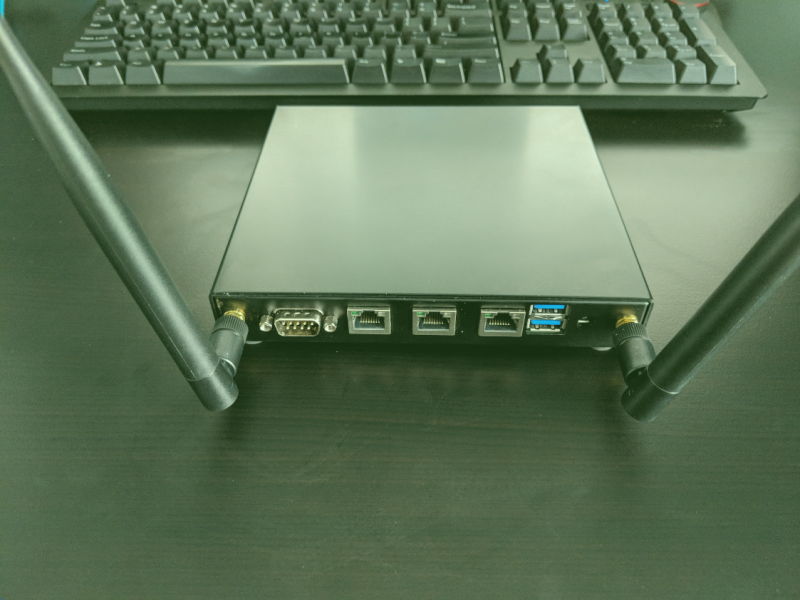Tag: pfsense
-

Adding WiFi Card to Alix apu Running pfSense
I always thought it would be neat to manage my home WiFi from the same interface as the rest of my network. After eyeing the hardware for a long time and doing some research every couple months or so, I finally made the leap and purchased the necessary hardware. As I’m using an Alix apu2c2,…
-
A security event pipeline using Bro, Kafka, and FreeBSD Jails
With the help of the Bro Kafka plug-in, we’ll configure Bro to stream JSON-formatted logs through Kafka and use python to subscribe and print events from the stream. This tutorial uses FreeBSD 11.1-RELEASE. But can easily be adapted to Linux installations. How do you monitor events from multiple Bro sensors throughout a network? Do you…
-
Install Bro on pfSense
I’ve been working with Bro a lot lately and thought it’d be worth trying to get Bro running on pfSense. In an ideal situation, you wouldn’t normally run an IDS on your firewall, but for low bandwidth installations or the budget constrained, it’ll work fine. 1. You’ll need to enable ssh access to your pfSense…